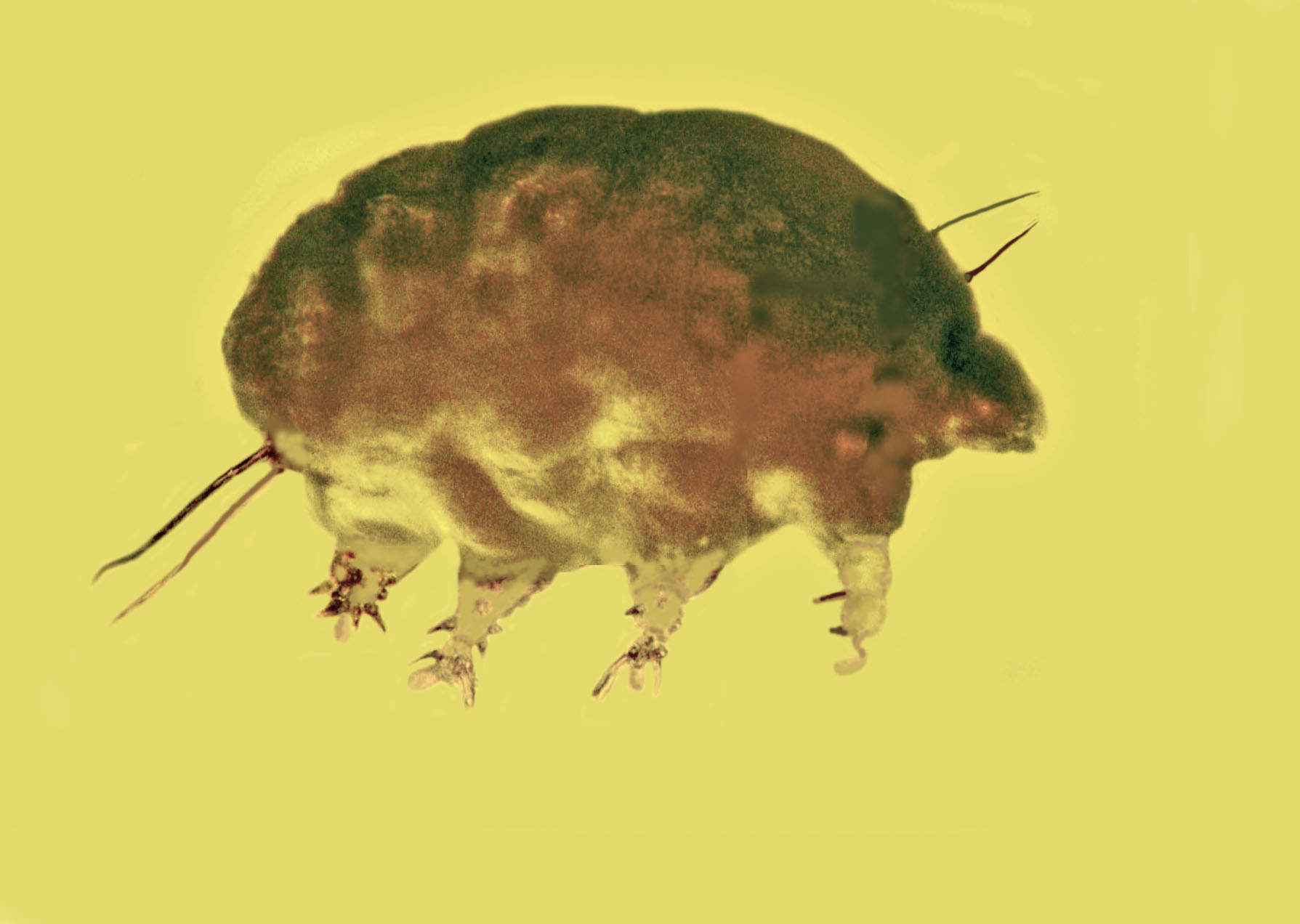When you buy through connection on our site , we may garner an affiliate commission . Here ’s how it works .
If you ca n’t get enough oftardigrades — those tough , tubby microscopic critter with eight squirmy branch — you ’ll sleep together this freshly discovered microinvertebrate .
Behold , the " mould pig . "

Fossils preserved in Dominican amber reveal a new family, genus and species of microinvertebrate from the mid-Tertiary period, nicknamed “mold pigs."
Discovered by paleobiologist and entomologist George Poinar Jr. of Oregon State University , mould pig earned the nickname thanks to their fungi - heavy dieting and faint resemblance tohogs , according to astatementreleased yesterday ( Oct. 8) . Only 0.003 in ( 100 micrometers ) long , the creatures boast four pairs of teensy legs , a flexible head and an exoskeleton that moult as they grow . The tiny swines ' proposed scientific name , Sialomorpha dominicana , derive from parole meaning " fertile pig - shaped " in Greek .
" The mold pigs ca n’t be placed in any group of currently existing invertebrate — they portion out characteristics with both tardigrades , sometimes referred to as water bears or moss pigs , and mites but clearly belong to to neither radical , " Poinar enjoin in the command .
Poinar may be best known as the paleobiologist who instigate a major plot of land point in author Michael Crichton ’s signature novel , " Jurassic Park , " according toScience Friday . Poinar and electron - microscopist Roberta Hess ( Poinar ’s wife)discoveredthat organism can beimmaculately preserved in amber , the fossilized resin of ancient coniferous trees . Within the yellowish substance , an organism ’s cellular machinery can remain mostly integral over the form of millennia .

Related : Ancient Footprints to Tiny ' lamia ' : 8 uncommon and Unusual Fossils
Inspired by this finding , Crichton dream up a macrocosm wheredinosaurscould be summoned from desoxyribonucleic acid encased in amber .
Back in reality , Poinar never stopped digging for and unwrap new organisms veil in ancient rosin . latterly , he and his colleague Diane Nelson of East Tennessee State University came upon several hundred mold pig fossils cake in amber from the Dominican Republic . The specimens date back to the mid - Tertiary period , about 30 million class ago , and would have shared their habitat with pseudoscorpion , roundworm , protozoa andfungi , the author said .

" The large number of dodo render extra evidence of their biology , including reproductive behavior , developmental stage and food for thought , " Poinar said . The creatures mostly fed on fungi but also ate some small invertebrate , the investigator found . Although mould pigs may resembletardigradesat first glance , they be a antecedently unsung new family , genus and metal money of microinvertebrate , consort to Poinar . He and Nelson describe their discovery in a paper published Sept. 28 in the journalInvertebrate Biology .
" Based on what we have it off about extant and extinct microinvertebrates , S. dominicana appears to represent a new phylum , " Poinar said . " But we do n’t bonk when theSialomorphalineage rise , how long it hold out , or whether there are descendants living today . "
to begin with issue onLive scientific discipline .















